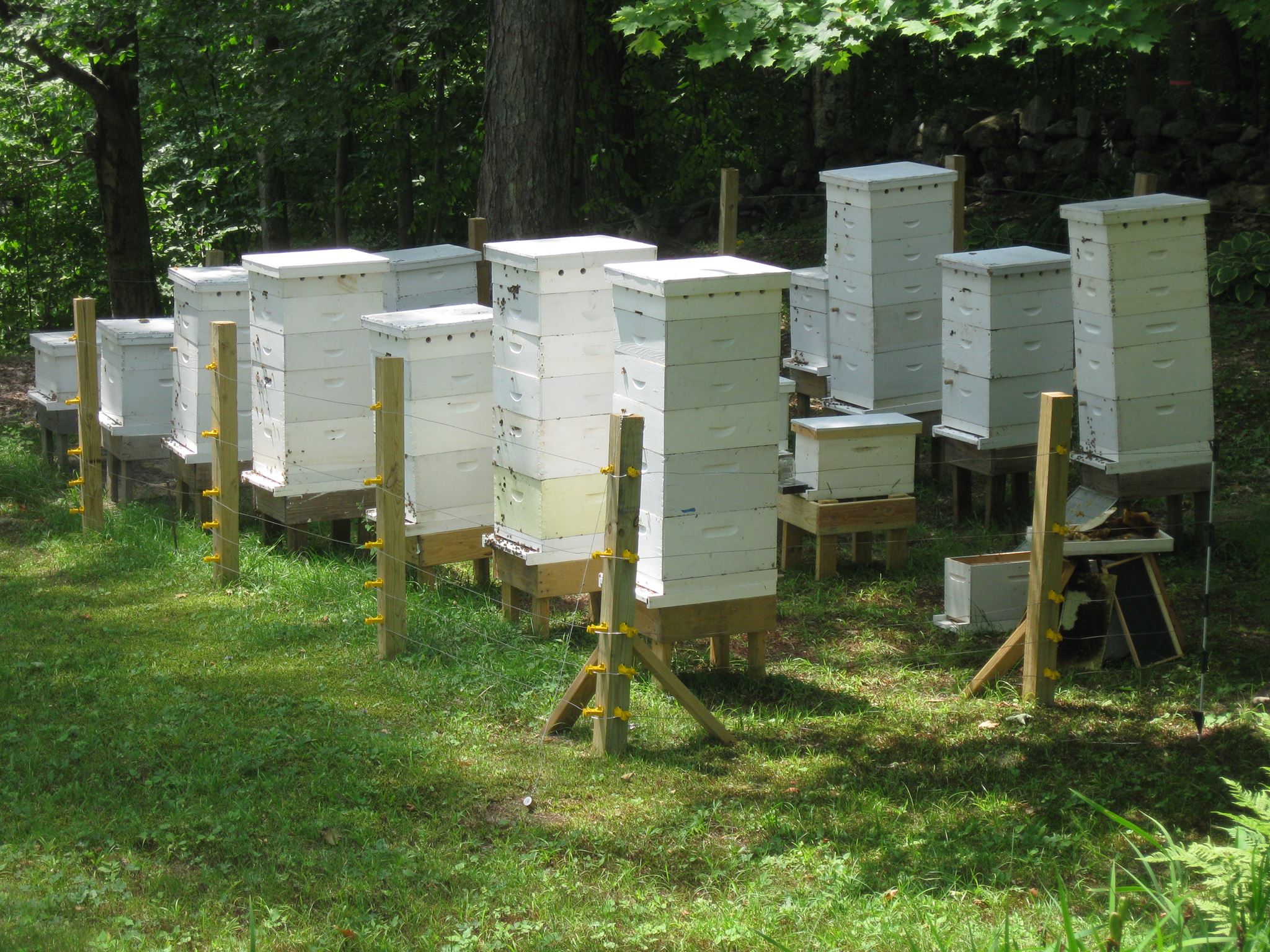Designing an apiary

The three most important factors to consider when designing an apiary are:
- The botanical species available (wild plants and shrubs, vegetables, fruits and cereals)
- The possibility of introducing new bee botanical species
- Knowledge of the blossoming period of the species concerned
- Generally the flowers and plantation should be as close as possible to the hive. Although bees operate within a radius of 3km, the closer the source of food the higher the number of trips to collect it. An ideal source of food should be within a radius of 1km.
- Orient the hive south – east to anticipate the bees’ work in the morning. If the hives faces a thick forest or vegetation, it is advisable to cut the vegetation and create some corridors whereby bees can easily move in and out.
- Position the hives at a minimum height of 50cm from the ground in order to prevent excessive humidity.
- Keep a sidewalk within a distance of about 50cm from one another if the hives are in a row. This helps in handling during inspections and other operations. Hives should be about 3m apart.
- Ensure that bees can locate a water source 20 to 30 meters from the hive.
- Check whether the wind negatively affects the bees at work. Protect the apiary with shrubs or plants that diminish the force of the wind if the areas are affected by harsh wind. Also put a frame at the entrance of the hive to protect the bees against the wind. A good aeration and positioning in a sunlit area makes the hives comfortable.
- Access to the hives should be easy, comfortable and designed in a way that the entrance leads towards the back of the hives.
- Cover the hives with a roof made of tree branches, entwined grass, canvass or mat helps in preventing excessive heat or moisture in hot areas with high temperatures or heavy rains. Corrugated iron sheet should be avoided because it will heat up the hive underneath.



